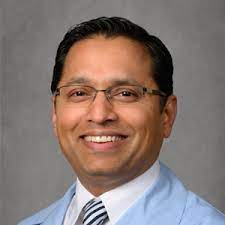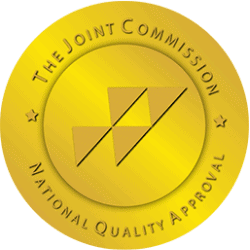Addiction to drugs and alcohol can change how your brain functions. They can create a flood of chemicals activating specific “feel-good” receptors in your brain. They can also block natural chemicals from being taken back up, prolonging your good feelings until you are completely depleted and crash. Fortunately, neuroplasticity and addiction recovery can help you repair the damage to your brain.
What Is Neuroplasticity?
Neuroplasticity is your brain’s ability to rewire and repair itself. Much like other organs in your body, your brain can heal from damage. When you stop using drugs or drinking, you go through withdrawal because your body and mind have become dependent on these chemical alterations. Your brain begins to readjust after detox and can adapt to no longer needing the influence of outside substances to function.
Your brain is made up of connections known as synapses. Synapses are structures that brain cells use to communicate with one another for you to learn new behaviors and continue with learned habits. When you learn a new behavior, your synapses gradually strengthen, which is why learning new skills can be difficult at first. As you continue engaging in the behavior, your synapses get stronger until you can complete the behavior without thinking about it.
For example, if you play the guitar, you most likely struggle at first. Your brain was building synapses during the early learning stages, which required conscious effort to position your fingers to form chords and play notes correctly. As you continued to practice, your synapses got stronger, and you could play with greater ease. Recovery from addiction also takes time and practice to repair neural pathways.
How Neuroplasticity Helps In Recovery From Addiction
According to the National Institute on Drug Abuse (NIDA), addiction “is considered a brain disorder, because it involves functional changes to brain circuits involved in reward, stress, and self-control. Those changes may last a long time after a person has stopped taking drugs.”
When your brain gets damaged by addiction, you need to restore normal functioning to these brain circuits to repair the damage. As you continue to recover from addiction, you might wonder why seemingly unrelated activities are a part of the process. For example, many programs advocate for holistic activities, like yoga, breathwork, and mindfulness. What do these things have to do with addiction treatment?
Neuroplasticity helps during recovery in two ways. First, your brain goes through a pruning process to weaken neural connections that you no longer use. Therefore, these connections are still strong when you initially stop using drugs or alcohol during detox. These connections gradually weaken throughout your sobriety because they are no longer activated.
Second, your brain strengthens new connections to replace the functions of unhealthy habits. Addiction is often a result of abusing substances to self-medicate for underlying mental health issues, manage chronic pain, or deal with stress. When you engage in activities like exercise, meditation, and yoga, you learn healthy replacements for these needs.
How To Use Neuroplasticity To Treat Addiction
During detox, you start to heal from the physical and mental damage of addiction. To get the best out of your brain’s neuroplasticity, you will need to understand the underlying causes of your addiction and find replacements to fulfill the needs driving your addiction to drugs or alcohol.
A treatment program that emphasizes some of the following can help your brain “prune” unhealthy habits and strengthen new ones:
- Treatment for underlying mental health issues
- Group or individual therapy can help you understand why you became addicted in the first place.
- You can discover new things about yourself and your habits as you open up during your sessions.
- Therapy can also help you find replacement strategies to deal with stress, and group therapy can give you space to practice your skills.
- Holistic health habits
- Your body and mind are connected in many ways, and when you care for your physical health, your mental health follows.
- By incorporating holistic health habits in your rehab program, like nutrition, exercise, and stress reduction, you can create new neural pathways that are crucial to long-term recovery.
- Peer support
- Support systems are a cornerstone of any recovery plan.
- You can get support from like-minded peers to share tips, stories, and emotional experiences.
- Often, those with addiction struggle to ask for help from others, which could be due to a lifelong habit of being independent and self-reliant.
- As you open up to others, you learn how to be vulnerable and ask for help when you need it.
- Neurofeedback programming
- Some treatment facilities can help you understand how your brain works with neurofeedback programming.
- You can build new neural connections by learning what areas of your brain were most damaged by your addiction.
- Many neurofeedback programs use activities like games and other exercises to optimize how your brain functions to handle stress and discomfort.
Addiction Treatment In South Florida
When you begin addiction treatment, you might be vulnerable to relapse due to the neural pathways in your brain set up to function with drugs and alcohol. Fortunately, your brain can heal and repair itself as you learn healthy habits during addiction recovery. Ambrosia Treatment Center in West Palm Beach, Florida, is here to help you find successful solutions to treat your addiction. Call us or visit our admissions page today for more.




